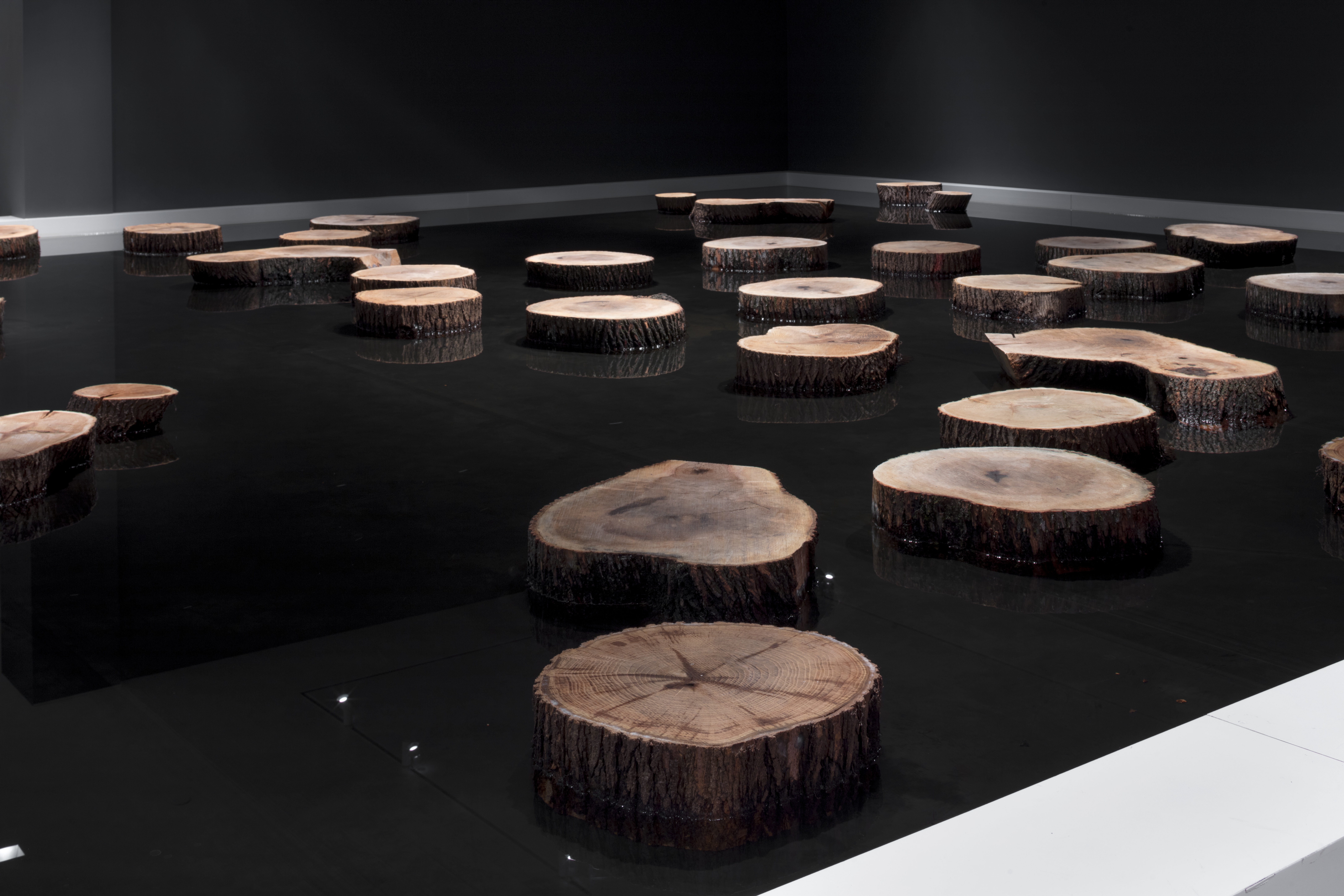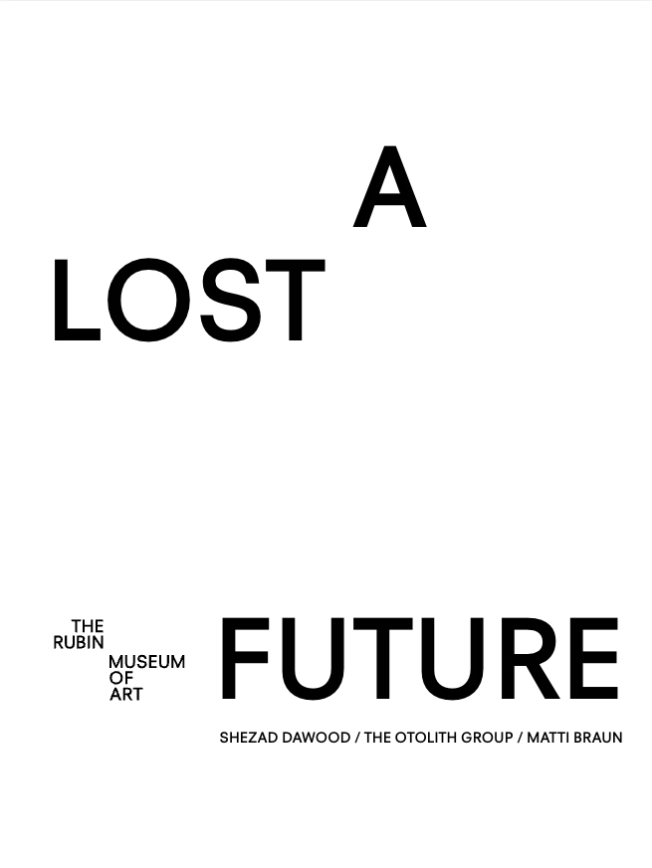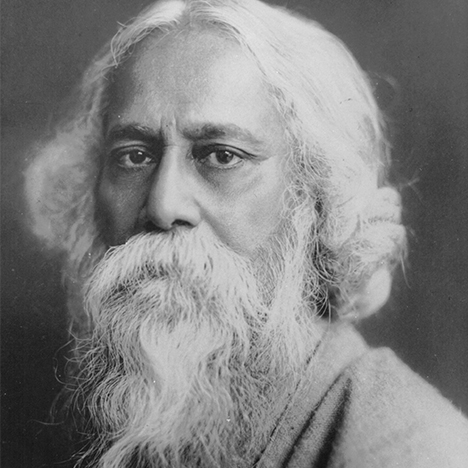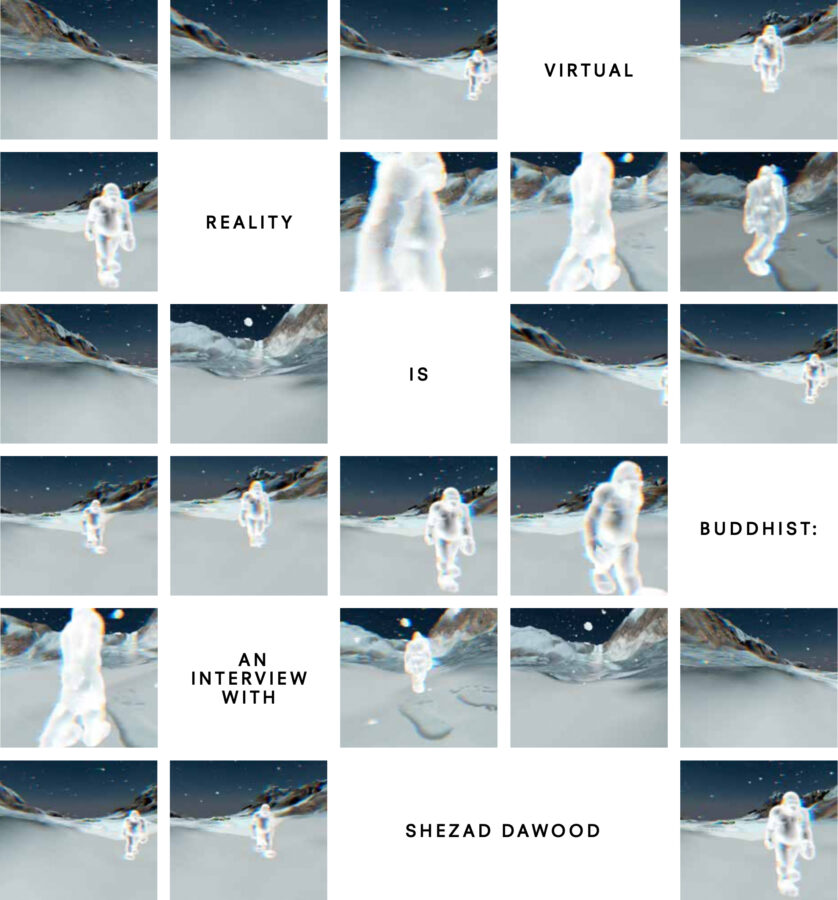A Lost FutureShezad Dawood / The Otolith Group / Matti Braun
Rubin Museum
150 W. 17th St., NYC

In The Otolith Group’s transtemporal consideration of modernity in urban India, the narrator questions, “Why do Indian artists produce so little science fiction?” The reply: “Satyajit Ray’s film The Alien would have rendered this question void. It is this emptiness that allows a nostalgia for a lost future.”
This three-part exhibition challenges existing histories and speculative futures across cultures and in Bengal—a culturally rich region divided between present-day India and Bangladesh. The three contemporary artists featured in the exhibition—Shezad Dawood, The Otolith Group, and Matti Braun—engage an evocative range of mediums that spans virtual reality to an immersive lake along with painting, film, sculpture, and photography. Through rich storytelling, A Lost Future explores themes of virtuality, modernity, and world-making in ways that are universal as well as interconnected and specific to this region.
A Lost Future presents still works by all three artists throughout the run, while the central cove rotates to highlight each one individually.




